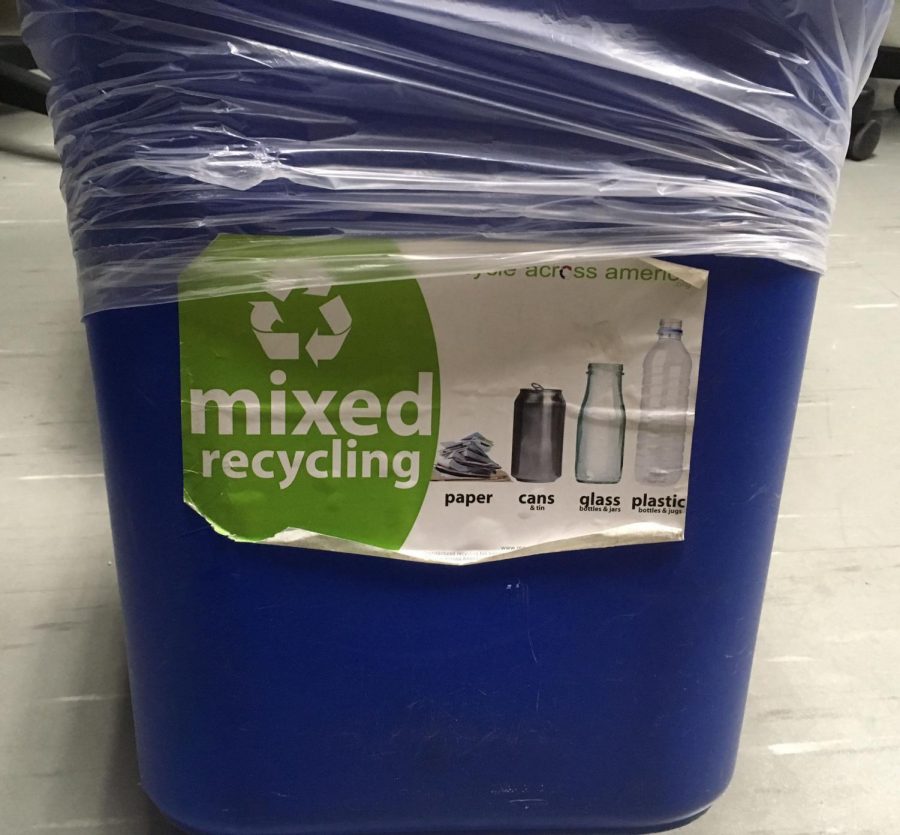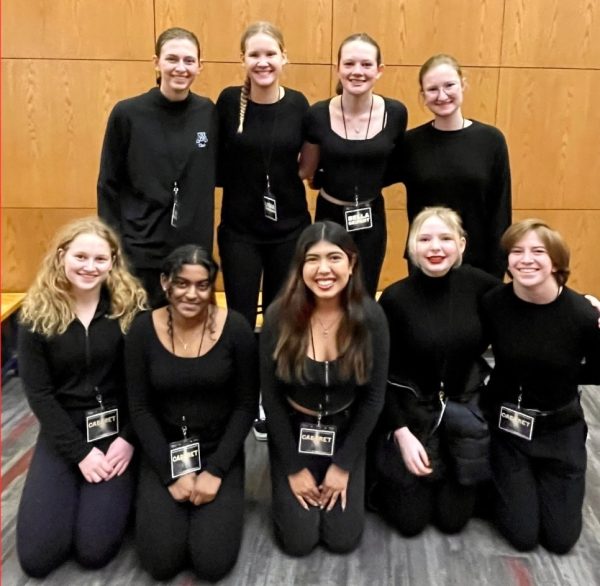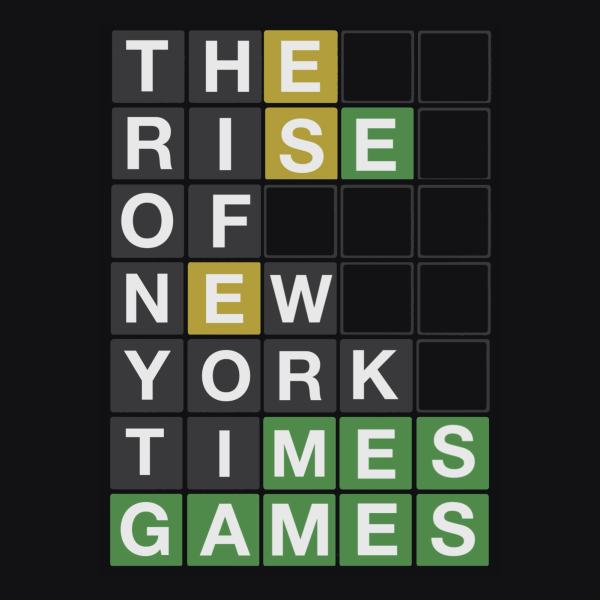The Mysterious Absence of Recycling in the Minnetonka Disposal System
December 20, 2019
Each classroom in Minnetonka High School is equipped with two small bins in the corner of the room: one grey, for food and other trash items, and one blue, for paper, cardboard, and other recyclable materials. Yet at the end of the day, when the custodians come around to collect each bin, chances are they will end up combining them, dumping all of the assorted recycling into the trash. In fact, what we assume will be recycled when thrown away actually ends up heading straight for a landfill.
In some ways, Minnetonka has demonstrated exceptional commitment to sustainable behavior. For example, the high school is powered by 100% renewable energy, and uses mostly LED lighting. In 2013, the district as a whole earned the EPA Energy Star Leader Status award, which is very rarely given out to public schools. In comparison, our recycling programs, or lack thereof, seem pitiful and almost out of place.
Lance Reschke works as a custodian for the Minnetonka School District. He also has a degree in environmental sustainability. In his opinion, recycling at Minnetonka is a matter of behavior and education, not policy.
“What I find us doing is that, when the recycling material is so contaminated with stuff that can’t be recycled, we end up just having to throw it in the trash,” he said. “There’s lots of stuff that people throw into the recycling because they think it should be recyclable. In a perfect world it would be, but because of the way it’s manufactured, it’s not.”
Recshke also explains how recycling “done correctly” actually has an economic benefit to the school as well as an environmental one because the recycled material holds more value than the trash, which goes straight to landfills. Done incorrectly, however, the recycling vendor begins to charge the school extra because it costs more to separate recyclable materials from the trash.
Commonly confused items Recshke has found in the recycling include ziplock bags, paper towels, tissues and foil wrappers. Though some plastics, papers, and foil are recyclable, he says, others are not and learning about those distinctions is key to sustainable recycling. Additionally, many people confuse compostable and recycling items. Though many disposable food containers are compostable, nothing with remnants of food or beverage can technically be recycled without cleaning them beforehand.
The recycling situation at Minnetonka reflects a dilemma faced by many other schools, businesses and public facilities around the United States. According to recyclingacrossamerica.org, a study conducted by the EPA and Yale University found that U.S. recycling rates are at just 21.4%.
Not only were many non-recyclable items mistakenly placed in the recycling, there were also many recyclable materials placed in the trash. This included more than 28 billion glass bottles thrown in the trash each year, and 2.5 million plastic bottles thrown away every hour. According to the study, a major factor that leads to these low levels of recycling is public misinformation over what can and cannot be recycled. The study recommends implementing a standardized label on recycling bins across America, with images of both recyclable and non-recyclable waste on the appropriate bins.
Would placing these labels be an effective strategy at MHS? In some ways, they may increase awareness about which items can and cannot be recycled. It would clear up some confusion on those hard-to-judge cases, like plastic-covered cardboard or laminated paper. But to some degree, it is simply ignorance and laziness on behalf of students and faculty that encourages these habits.
“There’s the education piece, but the second piece really is behavior,” explains Recshke. “Once you understand, you just have to stop and think. I think the school district has a commitment to doing the recycling, […] but behavior change starts individual by individual.”
On the other hand, we may have reached a point in time where even small steps toward sustainable practices could make a huge difference for future generations. Generating too much waste has disastrous effects on the environment, including not only consumption of limited natural resources, but also land use, energy consumption, water consumption, and generation of methane, a potent greenhouse gas.
“To be honest, I think it’s worth the money [to recycle],” says Mara Levine, ‘21.
In her opinion, Minnetonka’s budget is exactly the reason administration should be paying extra for recycling, even if it’s not as efficient as it could be, because at least we would be making something of a difference. Levine also advocates for a better composting policy, which she believes to be even more important than recycling in terms of environmental benefits.
Either way, it’s clear that it is time the district and school do something. Setting out blue-colored bins can only get us so far, and the looming threat of resource scarcities and climate change means we must push for steeper action. Beginning within our own school, we can begin to make a difference by spreading awareness of the issue, and encouraging people to think and act sustainably.
“There are so many things in our everyday life that people don’t really think about once it’s out the door,” concludes Recshke. “It’s [kind of] like the water that goes down the drain; once it goes down the drain, it magically disappears. People need to understand more of what the trade-offs are of doing these things, and what it really costs.”


























